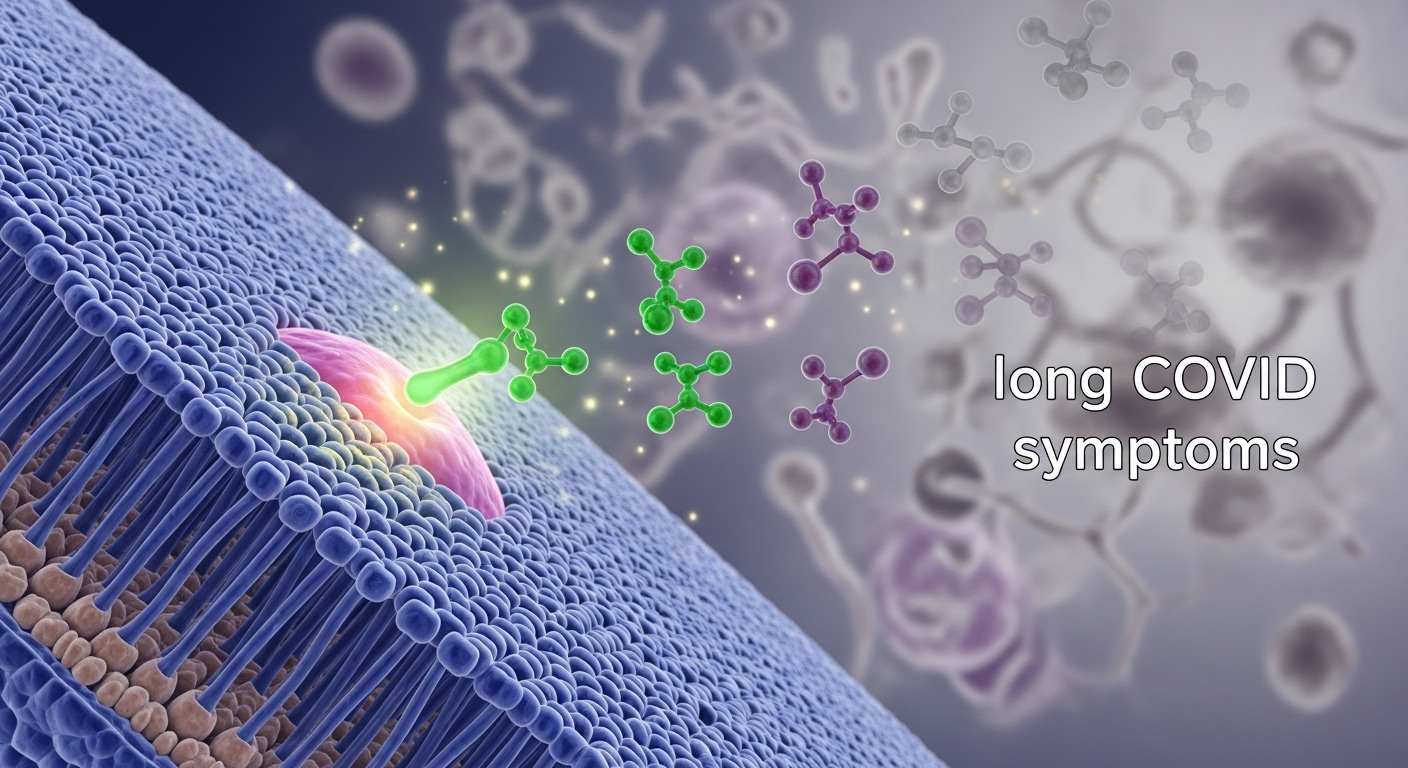Dr. Kumar’s Take
This small case series looked at nicotine patches for people with long COVID. The idea is that the virus may stick to nicotinic acetylcholine receptors, which help with attention, memory, and many body functions. Nicotine is a strong agonist at these receptors. The authors report that a low-dose patch lined up with quick improvements in fatigue, brain fog, and smell or taste in four non-smokers. Side effects were mild at low doses, but nausea and vomiting showed up when someone doubled the dose.
Bottom line: This is promising but very early. If you have long COVID, talk with your clinician about risks and benefots of trialing a 7 mg nicotine patc daily for 14-30 days.
Key Takeaways on Nicotine Patch for Long COVID
✔ Quick symptom relief was reported in fatigue, weakness, breathlessness, and concentration within days.
✔ Smell and taste improved more slowly, often over 2 weeks.
✔ Low-dose patch was generally tolerated, but higher doses caused nausea and vomiting.
✔ This is a case series of 4 people, not a randomized trial. We need better studies before making routine recommendations.
Actionable Tip
If you are exploring care for long COVID, start with a structured plan:
- See your doctor to review symptoms, meds, heart risks, and sleep or mental health factors.
- Ask about evidence-based supports like graded activity pacing, sleep hygiene, hydration, salt for POTS-like symptoms if appropriate, and cognitive rehab tools.
- Low dose nicotine therapy, may be worth trying under medical supervision, especially if other conservative measures have not worked.
Study Summary: What the Authors Did
A 2023 case series in Bioelectronic Medicine proposed that the SARS-CoV-2 spike protein may interfere with nicotinic acetylcholine receptors. Four nicotine-naïve adults with long COVID symptoms used a transdermal nicotine patch, usually 7 to 7.5 mg per 24 hours. One patient mistakenly used 15 mg and stopped due to side effects.
What they tracked: daily symptom scores for fatigue, smell, taste, breathlessness, concentration, sleep, chest tightness, mood, and palpitations.
What they saw:
- Fatigue and concentration improved within 2 to 6 days.
- Smell and taste recovered over 13 to 16 days.
- Side effects at low dose were mild and short-lived.
- High dose caused marked nausea and vomiting.
- No relapse was reported at follow-up.
Study Design and Methods in Plain English
- Design: case series, no control group, no blinding.
- People: 4 non-smokers with long COVID symptoms after PCR-confirmed infection.
- Intervention: daily nicotine patch, most often 7 to 7.5 mg/24 h.
- Outcome: self-rated symptom scores from 0 to 5, tracked before and after starting the patch.
Results You Can Understand
- Fatigue, weakness, breathlessness, and brain fog dropped quickly, sometimes to zero within a week.
- Anosmia and ageusia improved gradually, with full return of smell and taste in about two weeks for most.
- Side effects: mild diarrhea or chest tightness at low dose in some. High dose led to vomiting and required stopping.
- Durability: people reported staying well at later check-ins.
How the Nicotine Patch Might Work
- Nicotinic acetylcholine receptors help coordinate brain networks and autonomic balance.
- The authors suggest the spike protein may attach to these receptors and blunt their function.
- Nicotine binds strongly to the same receptors, which could in theory restore signaling and relieve symptoms.
- This is a mechanistic hypothesis with a small amount of clinical data that supports it.
Related Studies and Research
Nicotine and Mitochondrial Damage: Study Review – Explores mitochondrial oxidative stress induced by nicotine exposure.
Nicotine’s Addictive Potential: Lancet 2007 – Explores where nicotine ranks on the global addiction scale.
Nicotine and Endothelial Function – Analyzes vascular responses and blood flow changes tied to nicotine use.
Podcast: Why This Neurosurgeon Will Never Use Nicotine – A breakdown of nicotine’s true effects on the body and brain.
Frequently Asked Questions
How fast might someone notice changes?
In this case series, some symptoms eased within 2 to 6 days. Smell and taste took about 2 weeks. Your course may differ.
What dose did they use?
Most used about 7 to 7.5 mg per 24 hours. One person used 15 mg and had strong side effects. Dose choice and duration require a clinician.
Could this cause addiction?
Short-term, low-dose, transdermal use has a lower addiction risk than smoking or vaping. Risk still exists. Use only with medical oversight.
Is this ready for routine care?
When other therapies have not worked, trying a 7 mg nicotine patch under the supervision of your doctor is worth a try.
Conclusion
The nicotine patch showed encouraging signals for relief of long COVID symptoms in a small case series. The biology makes sense and the data is compelling, but it is not proof. If you are considering this path, do it inside a medical plan, at low dose (7 mg patch daily for 14-30 days), with close follow-up by your physician. The next step the field needs is a high-quality randomized trial.


